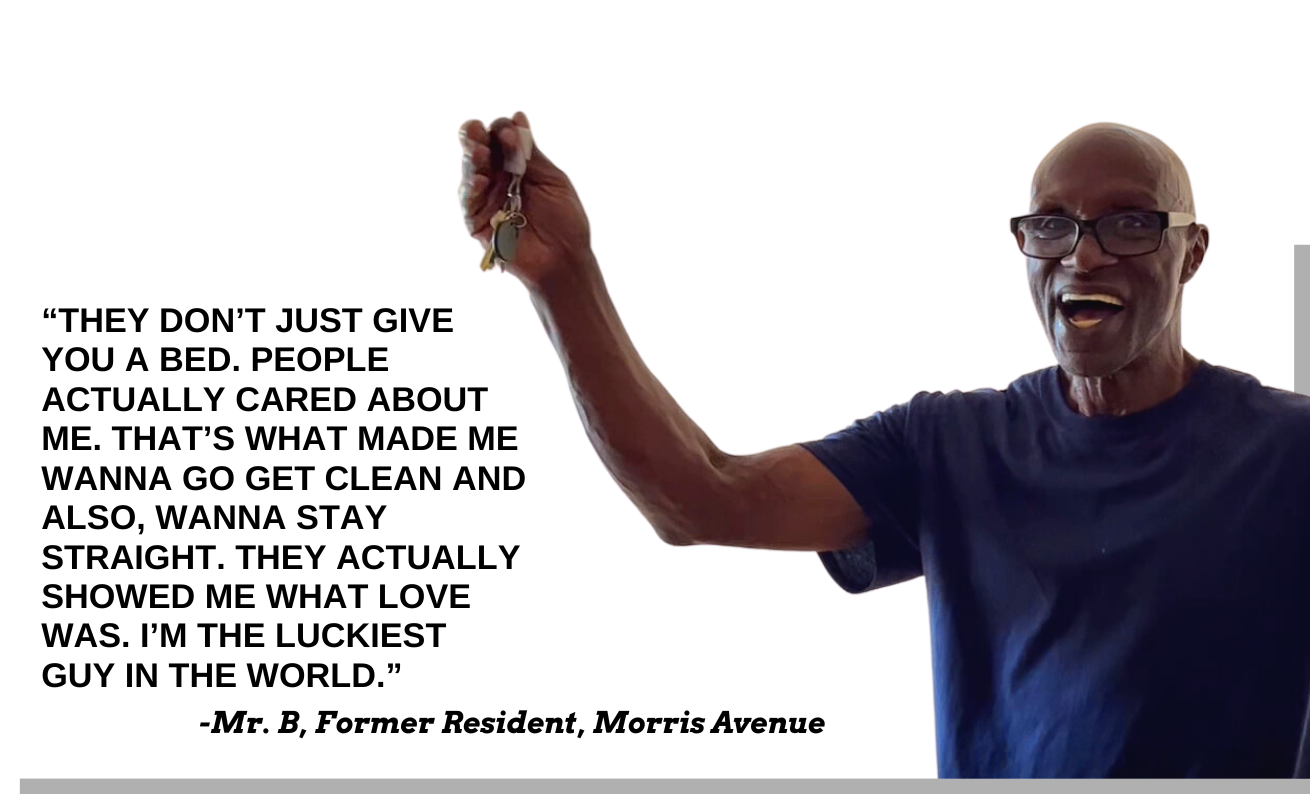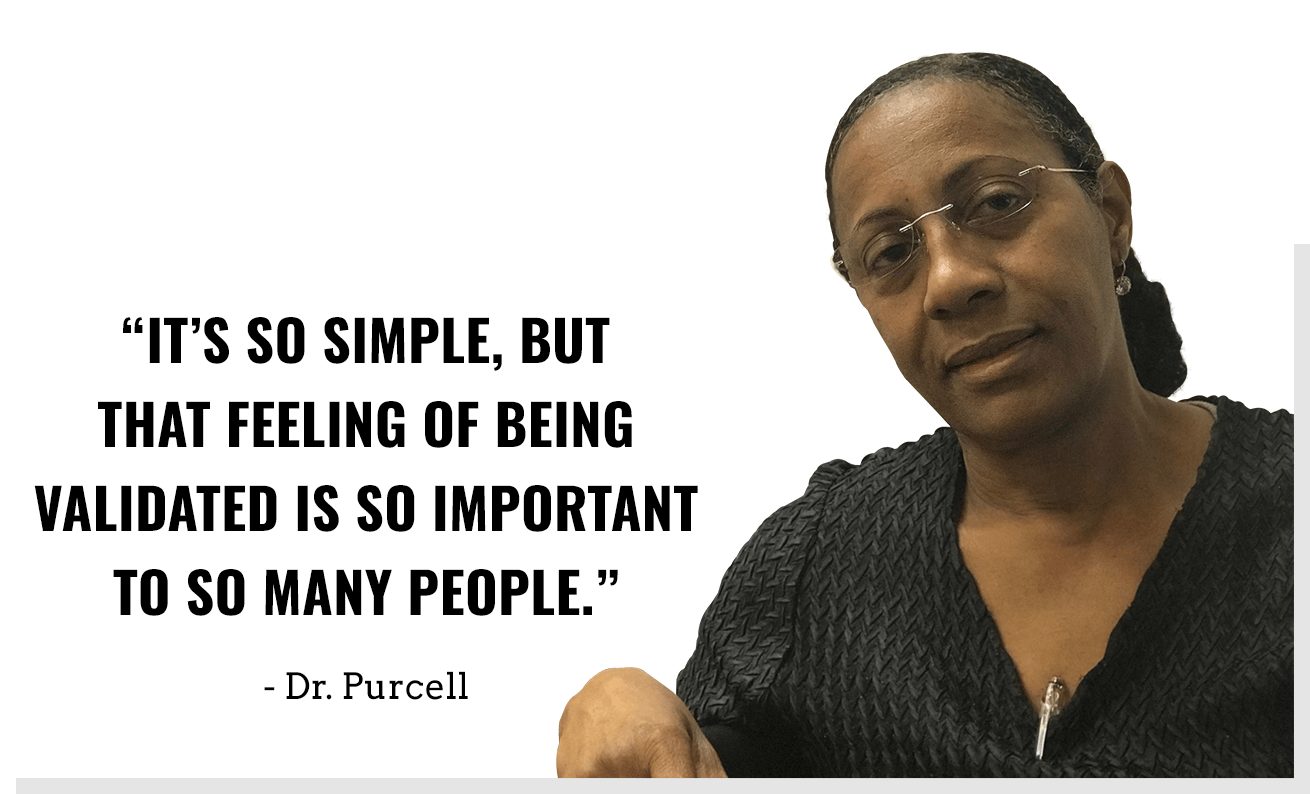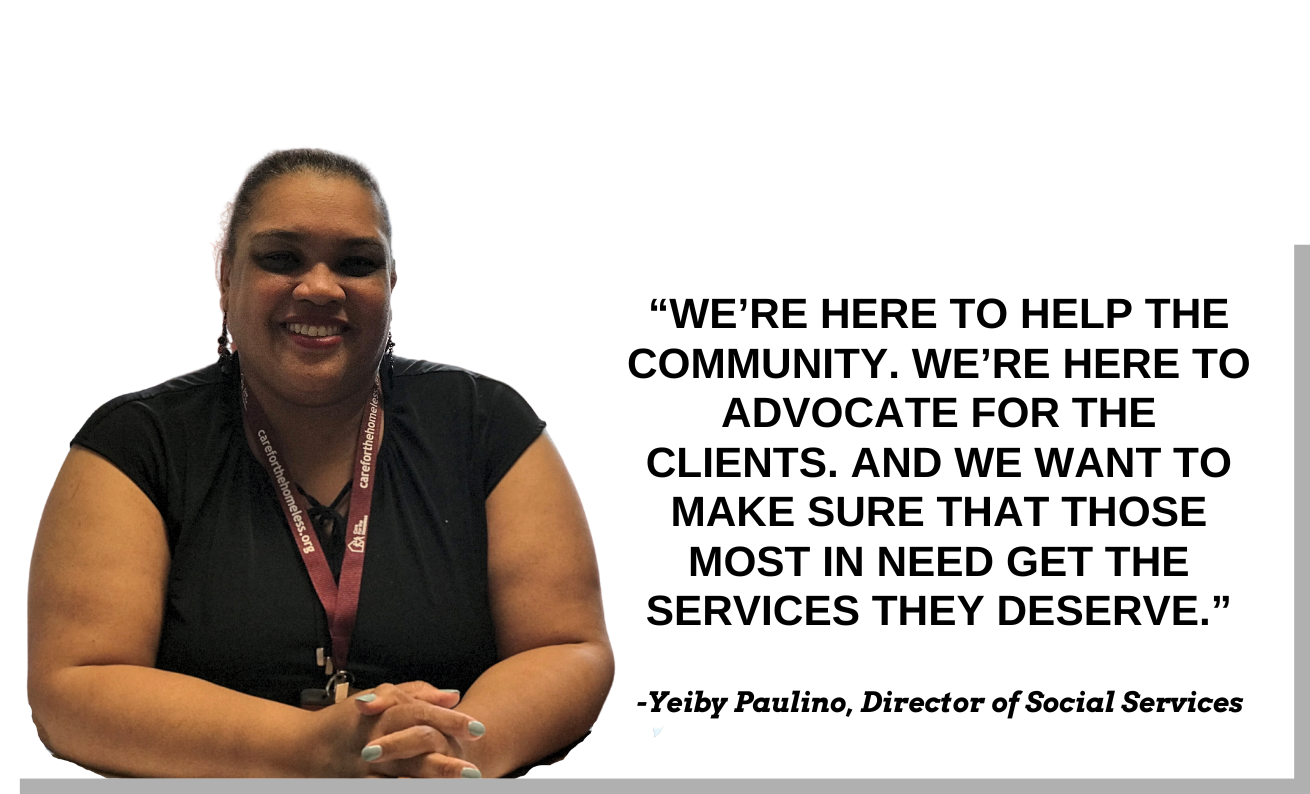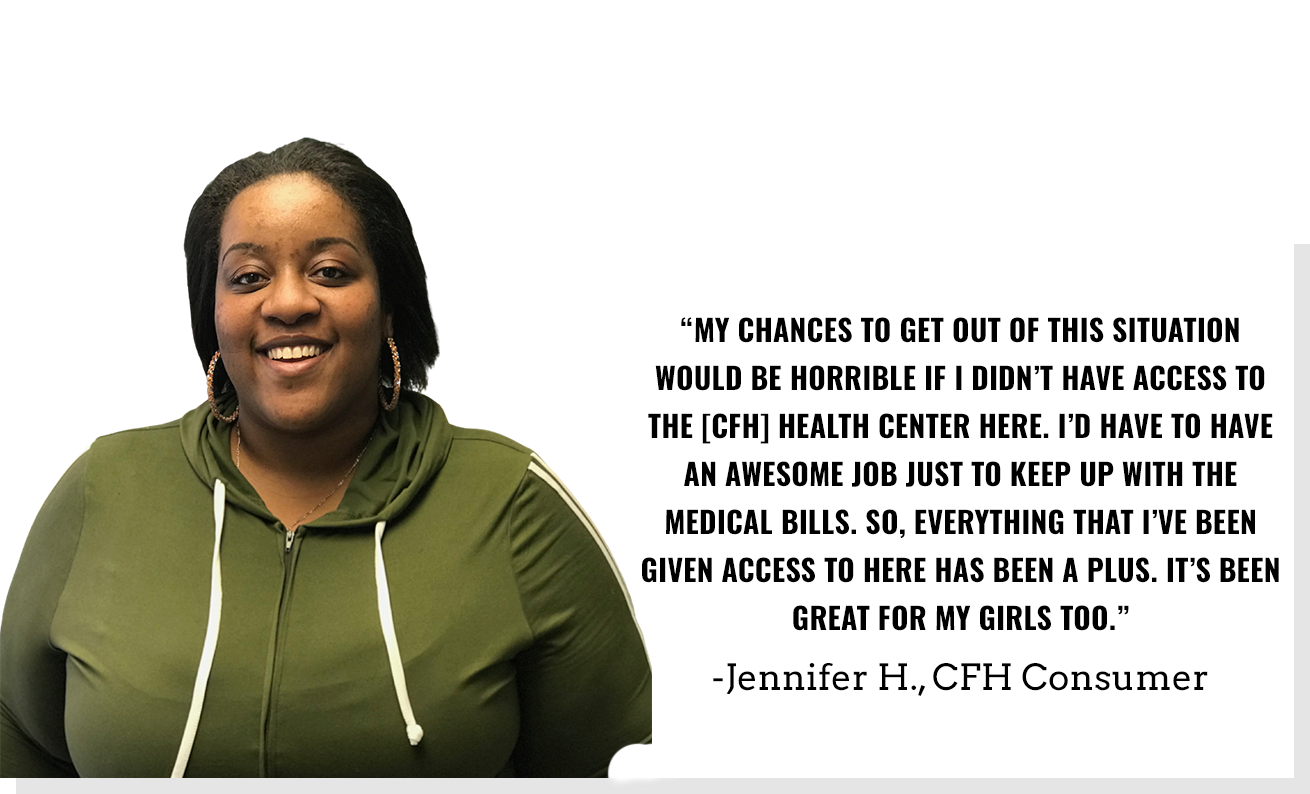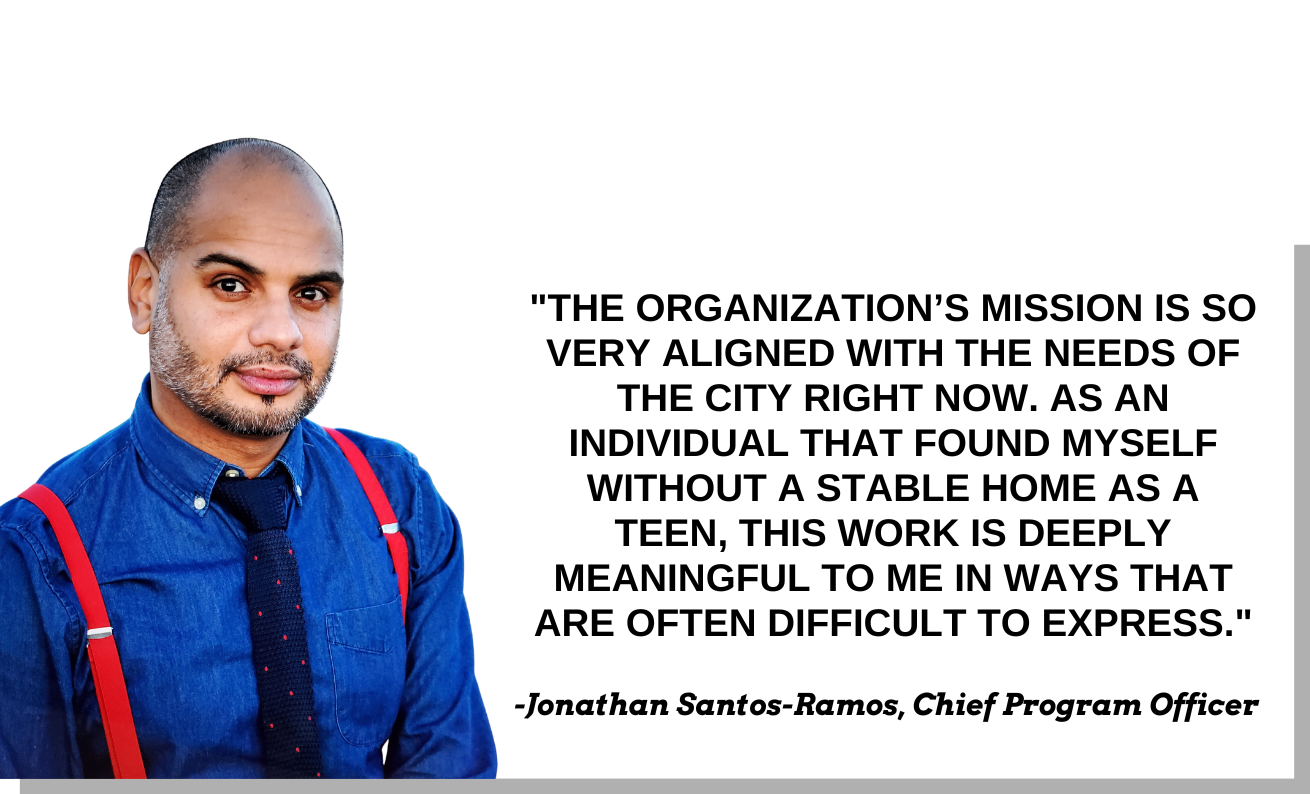“The only way to end homelessness is through medical services”
We sat down with Sal Abuhamda, the Program Director of our new Liberty Avenue site in East New York.
Watch an abbreviated version of the interview:
This interview has been edited for length and clarity.
My name is Sal Abuhamda. I am the Program Director at Care For the Homeless’ Liberty Avenue men’s shelter in East New York, Brooklyn.
How long have you worked at CFH?
I started on October 30th, 2023. So I’m fairly new.
And what did you do before you joined CFH?
I’ve always been a program director for other shelters, so before I joined Care For the Homeless, I was at another men’s shelter [in Sunset Park, and I was] also the program director there. Before that, I was a Senior Program Director at a drop-in center on Staten Island.
How long have you been working in shelters?
I want to say about 15 to 20 years.
And what motivated you to get involved with this issue and the shelter system?
So I’ve always worked in social services. Personally, my father was homeless when I was a child. And when I got older, I was able to actually help him with getting services, so that he’s not homeless anymore. So it’s kind of personal.
Was that what you wanted to do when you were growing up? What was the moment you realized you wanted to do this?
It wasn’t. As a child, I wanted to be a superhero or an actor or something; it never really kind of crossed my mind growing up. But when I was doing my undergrad, I was an English major and then kind of switched over for my master’s. I started doing courses in education, but then realized I wanted to take a different route and went into social services.
And did you go straight into this field or did you do other other work before this?
I went straight into this field.
Wow. That’s great. And what motivated you to join Care For the Homeless specifically?
So a former colleague of mine told me about CFH. That’s when I did some research and wanted to be part of Care For the Homeless, especially with the fact that the programs here are affiliated with the clinic.
I definitely love the mission of Care For the Homeless. For us to defeat homelessness, we need to take care of our homeless population medically first. So I think that’s important.
Have you seen any changes over the years in terms of New York’s homeless population? New challenges, things that have gotten easier…
I think the changes that I’ve noticed is that there are more shelters to be able to remove people physically off the streets. However, I think there’s still a lot more work. And in New York City, with the high rates of rent and things like that, it’s just challenging trying to get our clients into permanent housing.
What is the most important part of your current role?
I think the most important part is ensuring that my clients and staff are safe and the facilities are operating in a safe manner. Safety first.
Very important. And what do you think is the most important service CFH provides?
Like I said earlier, I think it’s important that we have the clinics attached to the shelter and open to the community. I think that’s very important to have.
And why do you think that’s important that those two are together?
I think it’s important because we want to help clients who are homeless. It’s important that we help them with their medical and mental health first in order for us to help them into stable housing or permanent housing.
Definitely. Is there anything you’ve experienced during your time that you think is notable?
Yeah, the support from leadership I think is something to mention, because without the support from the leadership team, this work can’t be done. I can’t run this place by myself, but having the support of the VP of Residential, the CEO, the DOO, the COO—it’s important to have that support from leadership. It makes running the program easier.
So you came on in October to help run this site. What were the first steps that had to be taken to get this site ready?
So the site was still under construction. It was a lot of making sure that we were ADA-compliant and met FDNY rules and regulations. It was important to be working with the contractors, being here when the inspectors came to inspect the site before we opened, was something that needed to be done.
And how has the first month of the site being open gone so far?
So far, so good. We’ve had a few little challenges here and there related to clients’ behaviors and mental health, but this is why we’re here. We’re here to assist our clients.
How many clients do you currently have?
We currently have 35 with a capacity for 157.
How does a client come to the facility?
So the client is referred through DHS, which has their hub located in Manhattan. Someone can walk into DHS on First Avenue in Manhattan. And there, they’ll do the assessment and refer clients to us through a system that we use called CARES.
They’ll come here with the paperwork that they were referred here with. We’ll first address any immediate needs that the client needs, like taking a shower, getting something to eat, and washing their clothes. Then we’ll do their intake and assign them a bed.
And how long can they stay here?
They can stay here for about a year. Some may need to stay a little longer, which is okay, because this is a mental health shelter. The goal is a year because our goal is to find permanent placement or housing for each of our clients.
During their time here, what services are clients going to be provided with?
So they’re provided with case management, housing, and activity specialists who assist with job readiness and resumes. Some clients will need assistance with completing HRA forms, applying for SNAP benefits, or even assistance with their doctor appointments. But being that we have a clinic attached, the goal is to have our clients refer to the clinic attached to the shelter.
What are some of the health services that are provided by the clinic?
So it’s kind of like an urgent care. There will be a doctor on-site, a nurse, and a behavioral health specialist.
When you arrive in the morning, what are some of the things that you have to do?
So the first thing I have to do is to walk through the site and check in with my staff to ensure I can support them with their needs or any immediate emergencies that arise. And then I come to my office and I have some reports that I have to submit daily, like the daily census I have to submit to DHS. I review my staff’s timesheets and check emails—every day, there’s a report due to DHS.
When do we think the clinic will be open?
We’re thinking about maybe June or July.
Did you want to add anything else about your time and work here?
I think it’s an important position and the only way to end homelessness is through medical services and mental health services.

